
Nina Westervelt
John Adams’s oratorio El Niño I had the pleasure of reviewing last Spring at the Metropolitan Opera in an operatic form, fully staged and costumed. Julia Bullock, who portrayed Mary I in that staging, also (in tandem with her husband, the conductor Christian Reif) condensed, rearranged, and revised Adams’s two-act opera into a concert oratorio El Niño: Nativity Reconsidered. This chamber oratorio premiered in 2018 under the auspices of the American Modern Opera Company (AMOC) at The Met Cloisters in the apse of the beautiful San Martín at Fuentidueña chapel.
Since December 2022, this chamber sized revision has been revived annually for the holidays at the Cathedral of St. John the Divine as it was on December 19th where I had the pleasure of hearing it for the first time under the high arches and stained glass windows of the nave.
Playing just under an hour, the piece is structurally very different from the complete oratorio. It follows a very clear dramatic arc with narrative and characters. In Ms. Bullock’s words, the work “ruminates on the notion that with the promise of new life, there is the equal threat of inexplicable violence and sacrifice.” Act I is a retelling of the birth of Jesus and the nativity using an eclectic, diverse collection of religious texts in English and Spanish, collated by director Peter Sellars. But the focus is on the miracle of the savior’s birth and the wonder and joy of that event.
The end of the first Act turns darker and more political dealing with Herod’s slaughter of the innocents and the Holy Family’s expulsion from the Holy Land. The second Act depicts them as refugees from political and racial oppression and violence. The tone darkens with glimmers of hope at the end.
Bullock, who selected and rearranged the musical selections (with musical assistance from Reif, who also reorchestrated the work for a chamber orchestra), has mixed sections from Acts I and II so the darkness and light alternate throughout. Bullock has refocused the piece as philosophical ruminations on themes rather than theatrical dramatizations of events while preserving the central concept. The intimacy and brevity work in the piece’s favor – some people who disliked the complete oratorio, finding it repetitive and overblown, have had a more positive reaction to this chamber reduction.
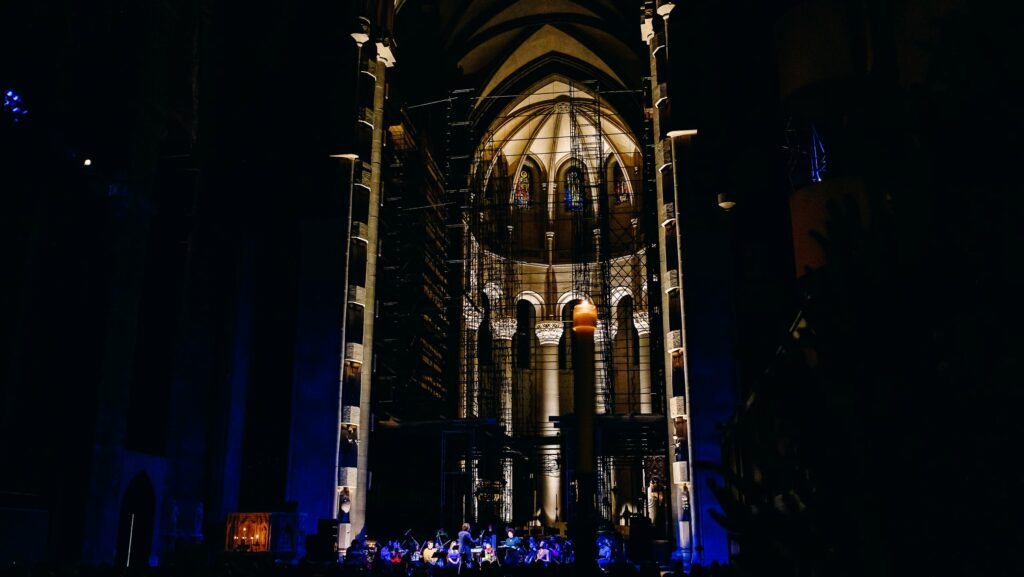
Nina Westervelt
The cast sang very well. Bullock’s low set soprano was less strained by the high soprano sections (crafted for Dawn Upshaw’s piping childlike instrument) and seemed more of a piece than last spring when she sounded vocally stressed and effortful. Bullock’s strong advocacy of the work and belief in it was evident at the Metropolitan Opera and was equally or more effective in this smaller setting. Dávone Tines continued to impress as Joseph/Herod with a focused, resonant bass-baritone, unaffected diction, and strong communicative instincts. Rachel Wilson, a name new to me, impressed with what was the Mary II track. Her resiny mezzo and mournful timbre brought emotional urgency to her music; one wished she had more to do. The oratorio has a trio of countertenors, here reduced to one. Some of the music, like the “Gifts of the Magi” section, was sung as a solo and one or two pieces used the soprano and mezzo in lieu of the two other countertenors.
Premiered in the original cast by Anthony Roth Costanzo, the rewritten countertenor role is bewilderingly arranged for the voice seemingly switching back and forth in range between countertenor and light high tenor. Critics and listeners last year were bothered by ARC’s uneven singing which varied from unpleasant character tenor to unsteady countertenor sounds. Costanzo has a small sweet spot in his countertenor range and when he is asked to sing outside it, the results can be unpleasant – examples: Prince Orlofsky in Die Fledermaus and the Gluck Orfeo ed Euridice at the Met.
Kyle Tingzon sounded smooth and sweet in the countertenor range and mellow in the high tenor range with mixed falsetto high notes. Despite the wandering tessitura, he managed to overcome the unflattering vocal writing and please the ear. The choir of Trinity Wall Street and the AMOC Orchestra players performed with admirable ensemble and commitment under Christian Reif’s authoritative baton.
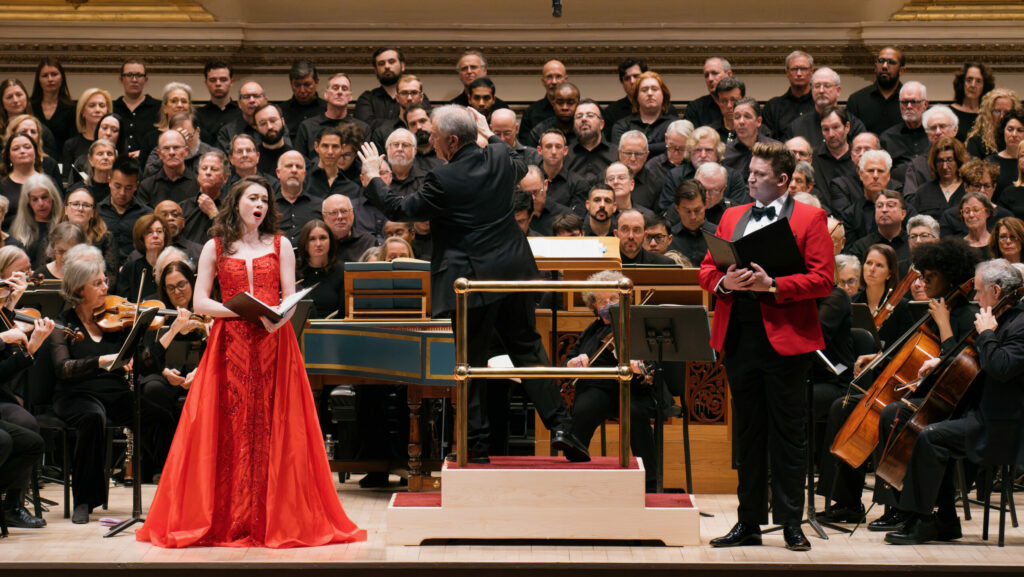
Brian Hatton
More familiar to the musical public is George Frideric Handel’s perennial holiday chestnut The Messiah (1741) which returned to Carnegie Hall via The Oratorio Society of New York on December 23rd under the baton of their musical director Kent Tritle. This was advertised as the 150th performance by the society of this beloved and familiar oratorio.
There are many versions of this work – Handel tinkered with it whenever he revived it – and many ways of performing it. The Oratorio Society does not go for Historically Informed Performance; there was a modern orchestra but it had just about thirty players who played for speed and clarity rather than 19th century weight and leaden footed religiosity. Strings and woodwinds were relatively balanced rather than the Mantovani meets Brahms tradition of slurpy outsized strings overpowering the other sections while pouring morose sentiment over everything. The choir, however, was outsized – I counted nearly 160 choristers but they were well-balanced against the orchestra and never overpowered the orchestra or soloists. Tritle isn’t one for new ideas and insights or historical curiosities; he simply knows his job and goes about it in an objective, no-nonsense manner.
The four soloists fielded attractive instruments. There is a recent tradition of casting countertenors in the mezzo-soprano role created by Susannah Cibber, an expressive contralto which entails a change in color and weight. (Handel did use castrati in revivals.) Whereas a female mezzo or contralto has a dark, melancholy weighted sound, in this case a countertenor – Aryeh Nussbaum Cohen – brought an ethereal quality to solos like “He was despised.” His countertenor sound is refulgent and surprisingly full and imposing in the hall. British-American tenor Joshua Blue has a voice of rounded, mellow sweetness that is also a decent size. He was appealingly musical and assured.
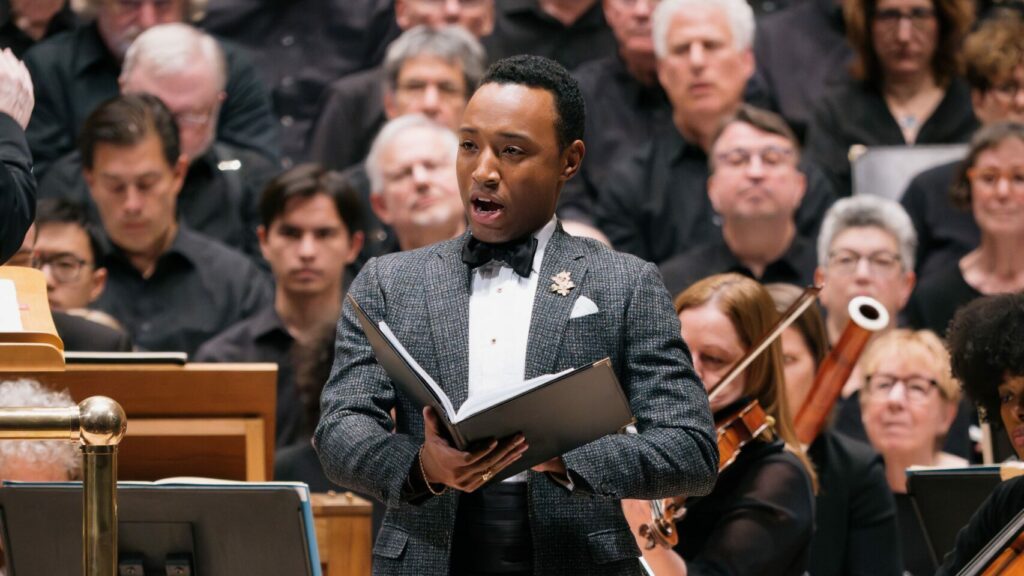
Brian Hatton
The young emerging Joseph Parrish, billed as a bass-baritone, has a light baritonal timbre – a Masetto rather than an awe-inspiring Commendatore evoking terror and awe in his martial bass solos. I liked Parrish’s clear diction and fleet ornamentation but the sound is very human-sized and youthful. The lovely Nola Richardson brought clear, gleaming tone and slightly distanced poise to the soprano solos. Her textual delivery could lack specificity and urgency in contrast to the others.
Both Richardson and Nussbaum Cohen were dressed in festive scarlet – the auburn-haired soprano wore a silk ball gown with jeweled bodice and flared skirt with a slit and the countertenor sported a red tuxedo jacket with black lapels. They sat together on the sides when not singing and also bowed together as a matched pair. Their voices blended sweetly in their one duet. Blue and Parrish looked much more conservative in plain suits.
The audience stood and sang along during the “Hallelujah” chorus and many departed the auditorium afterwards – having heard what they came to hear. A flustered Tritle, witnessing the exodus, addressed the audience pleading them to stay as the “best is yet to come!” It is a long evening and people have shorter attention spans than they used to.
The Christmas holiday (and all the other concurrent holidays) coincides with the Winter Solstice where the days get longer and we celebrate surviving the winter cold and darkness. Both Chanukah and Christmas are celebrations of light overcoming the darkness. One looks for comfort and solace and remembers past joys. Given the upcoming winter of our discontent, familiar and unfamiliar music brings that solace and comfort banishing the darkness.

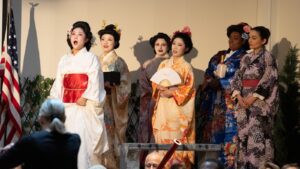
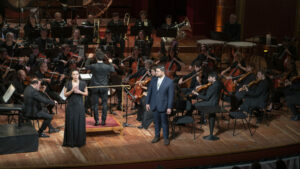
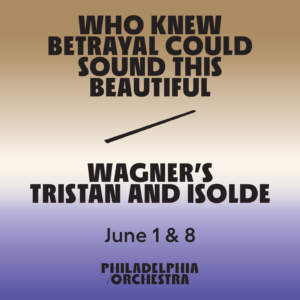

Comments